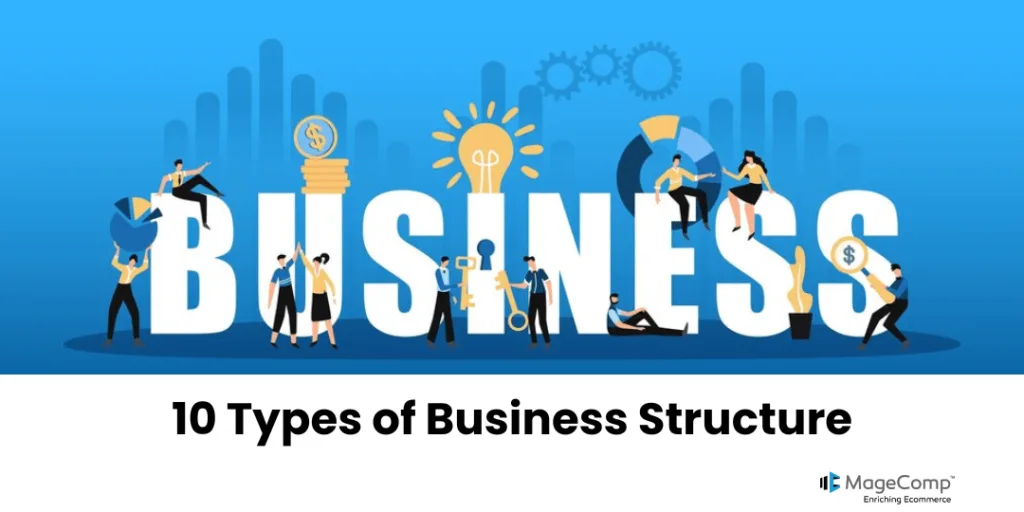In the dynamic world of business, choosing the right structure is a crucial decision that can significantly impact an enterprise’s success. The various types of business structures available cater to different needs, legal considerations, and organizational goals. Let’s dive into the intricacies of 10 distinct business structures that entrepreneurs can consider.
What is a Business Structure?
A business structure refers to the legal and organizational framework within which a business operates. It defines how a company is organized, managed, and owned. Common business structures include sole proprietorships, partnerships, limited liability companies (LLCs), corporations, and more. Each structure has distinct characteristics that impact aspects such as liability, taxation, decision-making, and ownership. Choosing the right business structure is crucial, as it can influence the company’s legal status, financial obligations, and overall operational dynamics.
Types of Business Structure
1. Sole Proprietorship – The One-Person Show
A sole proprietorship is the simplest form, with a single individual owning and operating the business. While it offers full control, it also means unlimited personal liability for business debts.
2. Partnership-Sharing Responsibilities and Profits
Partnership involves two or more individuals sharing ownership and responsibilities. General partnerships distribute profits and liabilities equally, while limited partnerships have partners with limited liability.
3. Limited Liability Company (LLC) – Balancing Liability and Flexibility
An LLC combines liability protection with the flexibility of management. Owners enjoy personal liability protection while maintaining operational flexibility.
4. Corporation – A Distinct Legal Entity
Corporations are separate legal entities from their owners, offering limited liability to shareholders. They have a complex structure involving shareholders, directors, and officers.
5. S Corporation – Tax Advantages with Limited Liability
Similar to a regular corporation, an S Corporation provides liability protection with the added benefit of pass-through taxation, allowing income to be reported on individual tax returns.
6. Nonprofit Organizations – Pursuing Social Causes
Nonprofits operate for a social mission rather than profit. They enjoy tax-exempt status and direct their earnings toward their stated objectives.
7. Cooperative – Collective Ownership and Management
Cooperative are owned and managed by their members, who share profits and decision-making based on their contributions. This collaborative structure is common in agriculture and consumer goods industries.
8. Franchise – Leveraging Establishes Brands
Franchise operate under a licensing agreement, allowing individuals or groups to use an established brand’s business model. This structure combines local ownership with the benefits of a recognized brand.
9. Limited Partnership (LP) – Managing Rish through Structure
In an LP, there are general partners responsible for managing the business and limited partners who invest but have limited liability. This structure provides a balance between control and risk.
10. Joint Venture – Collaborative Pursuits
Joint ventures involve two or more businesses joining forces for a specific project or objective. This structure allows for resource-sharing and risk mitigation.
Wrapping Up
Selecting the appropriate business structure is a pivotal decision that demands careful consideration of legal implications, operational needs, and future goals. Entrepreneurs should weigh the pros and cons of each structure to find the one that aligns best with their vision for success.
